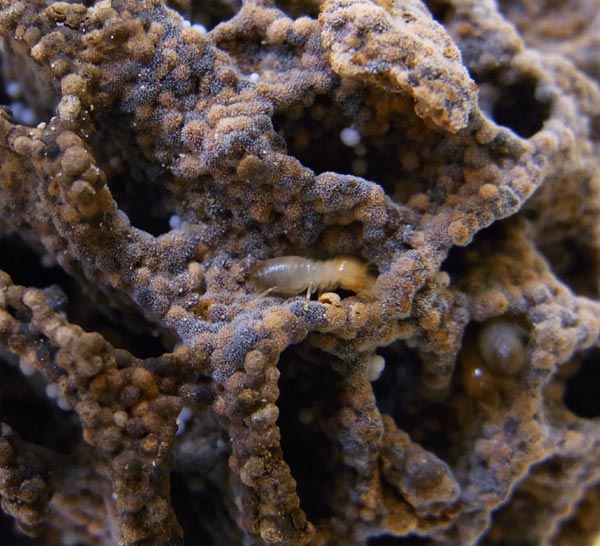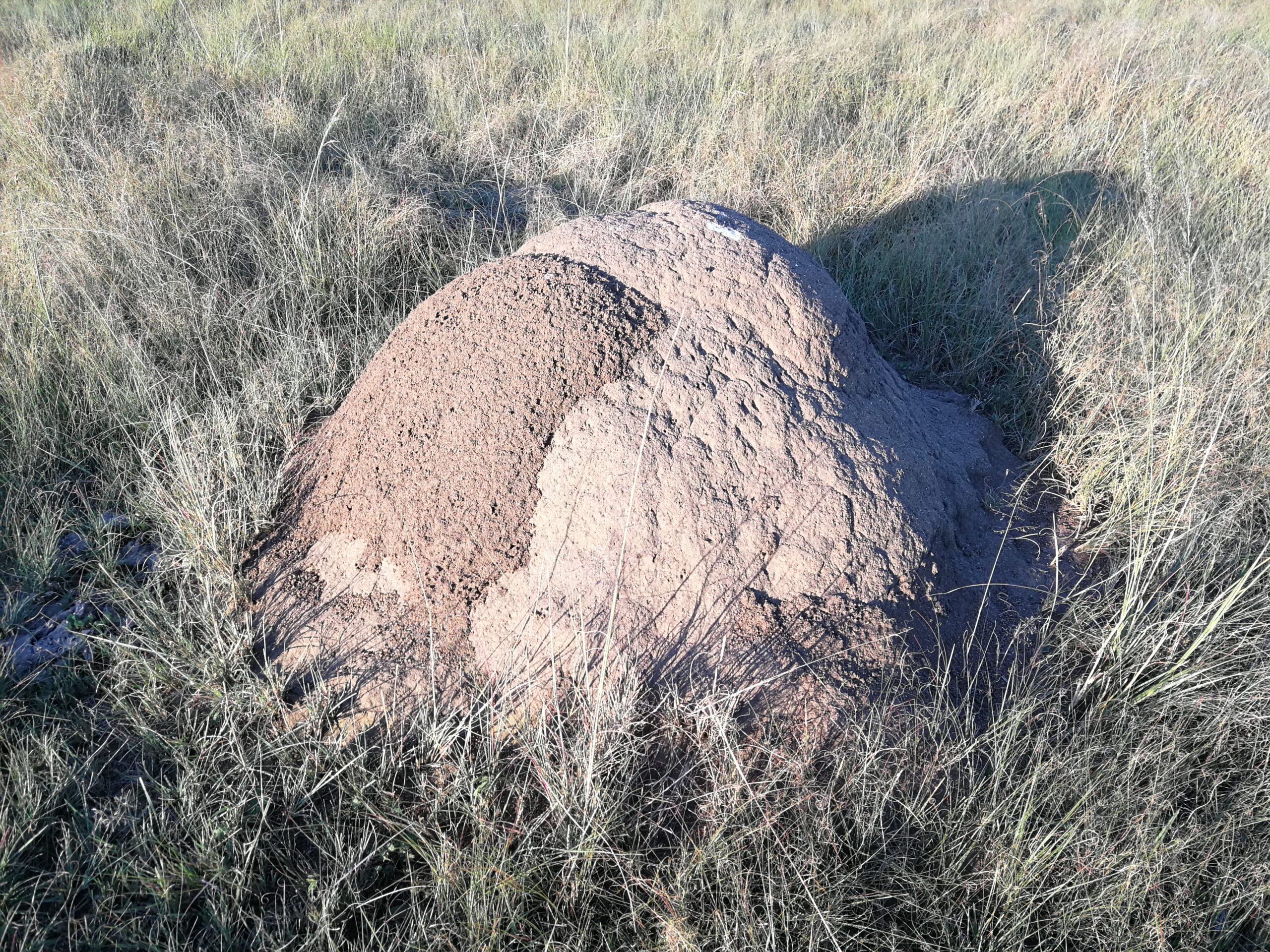If you have ever had a termite problem in your home or on your property you are probably not well-disposed towards these little creatures. However, put aside your prejudice for a moment and gain a little insight into the complicated lives of termites and your revulsion may indeed turn to fascination, and possibly even admiration.
There are over 2 600 species of termites and more than 50 genera are found in South Africa.
They are not a kind of ant, being more closely related to cockroaches.
Most of us regard termites as destructive pests in our gardens, fields and homes. However, they play very important roles in the ecosystem. They are important for soil fertilisation, reworking of sediment and soil, soil formation, and particularly for the decomposition of organic matter.
Termite colonies can survive for more than 80 years. Entomologists regard a colony as a super organism, rather than a collection of thousands of individuals.
The colony is made up of workers, soldiers, queen, king and alates. The alates are capable of reproduction and they develop wings. When the time is right, they leave the colony and fly in search of a mate. So what we know as “flying ants” are actually termites. They will find a mate from another colony, lose their wings and find a suitable place to mate. They can then start a new colony.
Generally termites can be divided into those which eat grasses and those that eat wood. Those that eat grass may cause problems in smallholders’ lawns and thatched rooves.

Some termites nest underground and are known as subterranean. They eat cellulose, found in wooden items such as skirting boards, door and window frames and roof beams.
Subterranean termites are one of the more destructive species found in South Africa. The workers make underground tunnels in order to access the source of wood. They eat the wood, but are not able to properly digest it. They thus go back to the colony, where they take their pellets of excrement to form a ball. There is a fungus called termitomyces, which only grows in termite colonies. The worker takes spores of this fungus and plants them on the balls of faecal matter. The fungus then breaks down the matter and the termites eat the fungus.
These termites are mostly prevalent in Gauteng and the Western Cape, although they are found countrywide.
Drywood termites live inside wood. They will eat from the inside out, until only the wooden shell is left, which makes them difficult to detect. They are found all over the country, but are more noticeable in coastal regions.
Smallholders are urged by entomologists to use eco-friendly methods of termite control. There are products that are based on leafy extracts of plants such as neem, garlic, marigold, papaya, castor and sandalwood that have been proven successful.
Biocontrol products that are based on insect-attacking nematodes and certain fungi can be effective, especially when introduced into mounds.

There is damp proof course material that is treated with anti-termite products, which will prevent termites from coming into your home.
Some crops, such as maize and sorghum are susceptible to termites. Fruit trees might also be infested. Organic farmers use irrigation methods which discourage the termites. They make use of organic materials in their soils, as termites do not find compost and manure appealing. They also create physical barriers around the crops, using metal mesh, gravel and other materials. Where termites construct their mounds in a north-south direction, farmers place strong bar magnets in the soil next to the new mound. This disorientates the termites and stops the growth of the mounds.
Termites have many natural predators because they provide a good source of protein. Insects such as spiders, beetles, flies, wasps and ants, along with frogs, reptiles, birds and mammals such as bats will thrive if there is healthy biodiversity on the smallholding.

